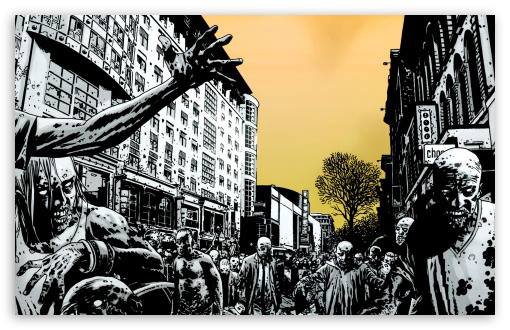
Every prepper should know the importance of having a well-maintained bug-out vehicle (BOV). That includes keeping your tires in top condition. But there's a lot more that goes into maintaining your tires than simply keeping them inflated. Here are a few useful tips for keeping your tires in excellent condition. (h/t to TheSurvivalistBlog.net)
Choose your tires carefully
Not all tires are created equally. Some are better suited for certain situations and driving conditions. If you want to maximize fuel efficiency, while also minimizing the natural wear and tear of your BOV, then it is crucial that you invest in the best tires for the job.
Regular snow tires and studded snow tires provide superior traction on wet and icy terrain, while summer tires are better suited for dry, dessert areas. If you have a truck or an SUV as your BOV, then your best bet is to invest in all terrain tires. While they may reduce your overall fuel efficiency, all terrain tires are designed to withstand a wide variety of rough road conditions, such as uneven gravel and snowy terrain.
Check your tire's air pressure on a regular basis
Under-inflated tires are a major safety hazard. Even if they look fully inflated, it is important to check the air pressure of your tires at least once a month, as well as before going on any long road trips. Don't forget your spare tire. This simple practice can save you a lot of trouble when SHTF.
You can find out the recommended air pressure levels of your tires by checking the sticker on the inside of your driver's side door frame. When your tires are cool to the touch, you can use a tire gauge to accurately determine the air pressure. Make sure the readings are not over or under the recommended levels.
Don't forget to also check your tires for any leaks, bulges, uneven wear and tear, tread separation or other irregularities. Furthermore, make sure the tires are free of any objects embedded in them, such as nails.
Learn how to fix a flat tire
Depending on how dire your situation is, a flat tire could either be a minor inconvenience or a matter of life and death. Prepper or not, one of the most basic skills everyone should know is how to fix a flat tire.
For minor repairs, a portable air compressor can temporarily provide a quick and easy fix without having to actually replace your tire. This option should buy you enough time to get to your destination, where you can safely replace the tire with a spare.
Before traveling, you should also stock up on a tire plug kit, a scissor jack and a tire iron. You can use the tire plug kit to repair tires that have been punctured with sharp objects, such as nails or screws. If you have no choice but to change the tire completely, the scissor jack and tire iron will be true lifesavers. Familiarize yourself with these tools and learn how to use them properly, so that you can be ready for any emergency situation. (Related: How to prep your vehicle for emergency situations.)
Rotate your tires on a regular basis
Like all other components in your BOV, your tires will become less efficient when subjected to regular wear and tear. You can achieve a more uniform wear for your tires by rotating them once you reach around 5,000 to 8,000 miles. If you see signs of irregular or uneven tire wear, you should also have your tires replaced, even if you haven't reached the 5,000 mile mark yet. It is also important to keep your tires aligned and balanced to prevent damaging your BOV.
If you follow these useful maintenance tips, you can make your tires last much longer and get better fuel efficiency for your bug-out vehicle.
Sources include:
Please contact us for more information.














